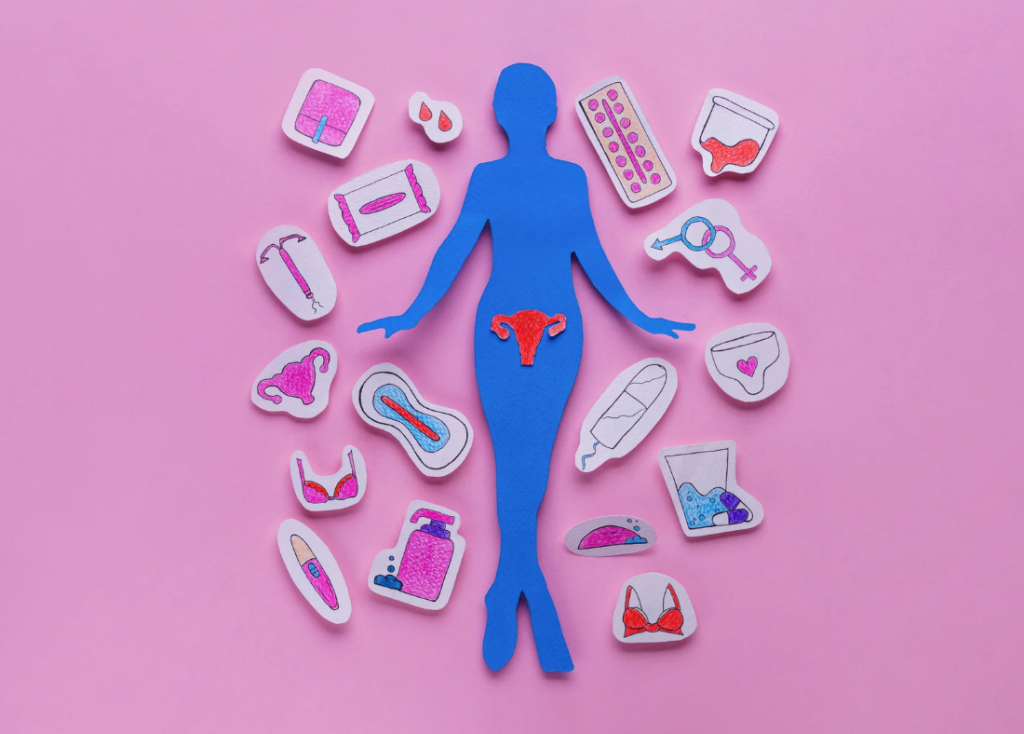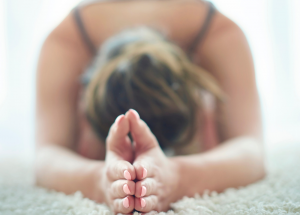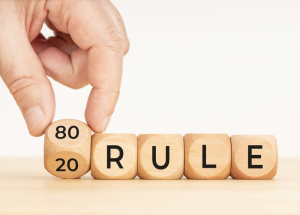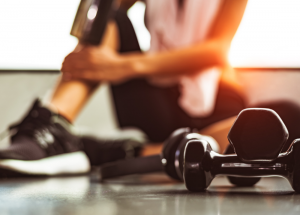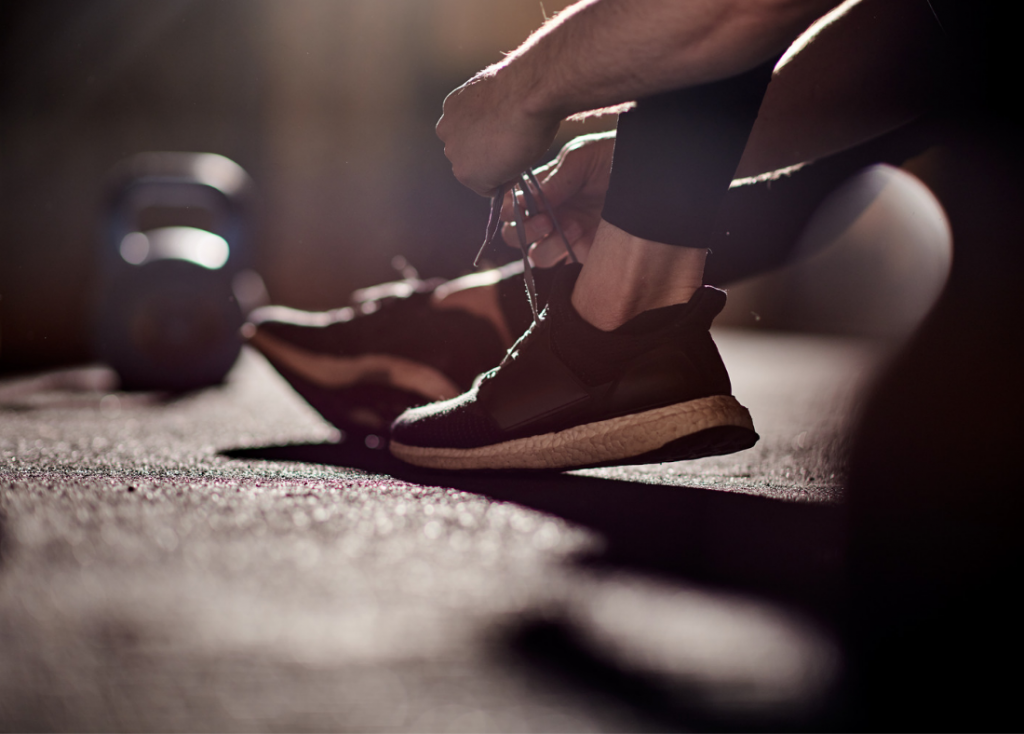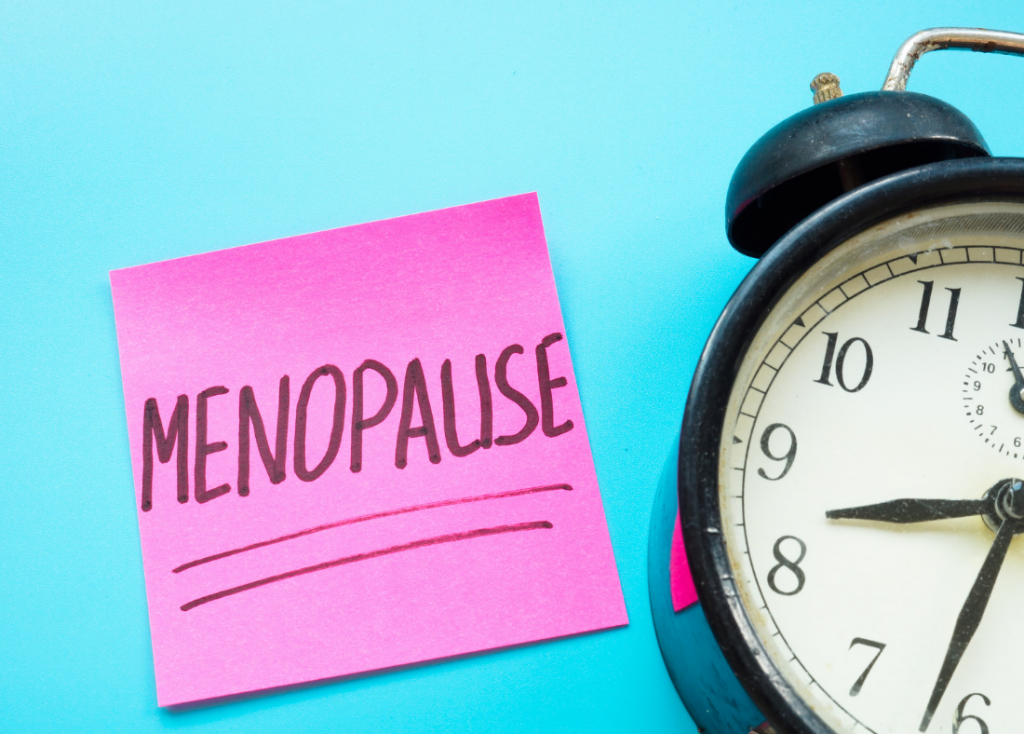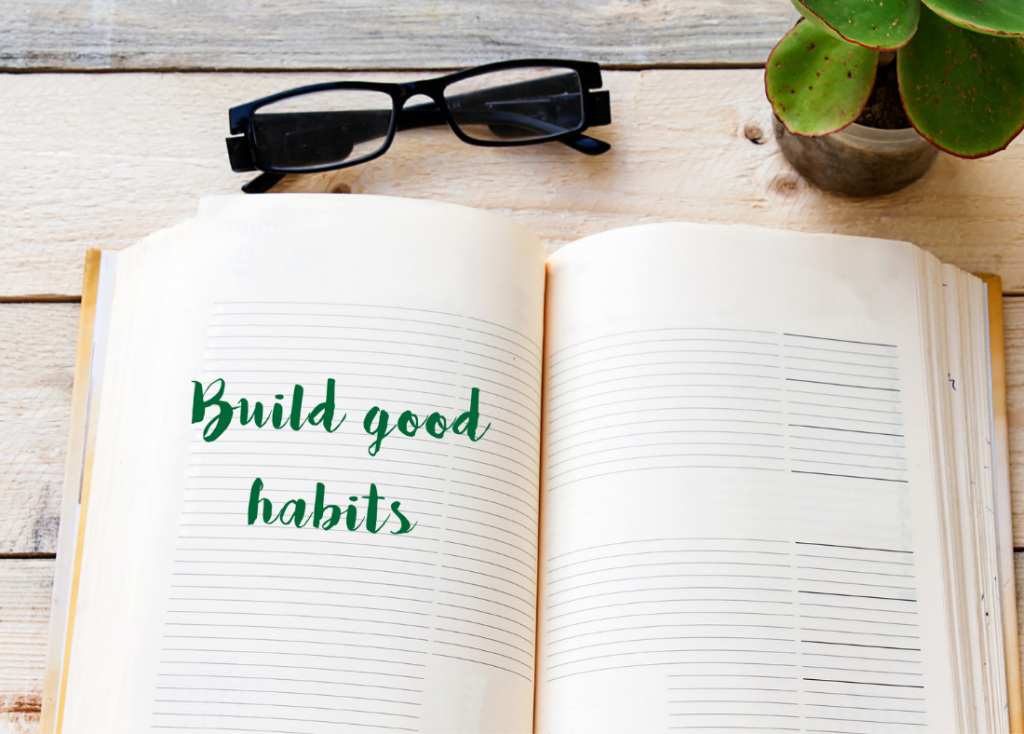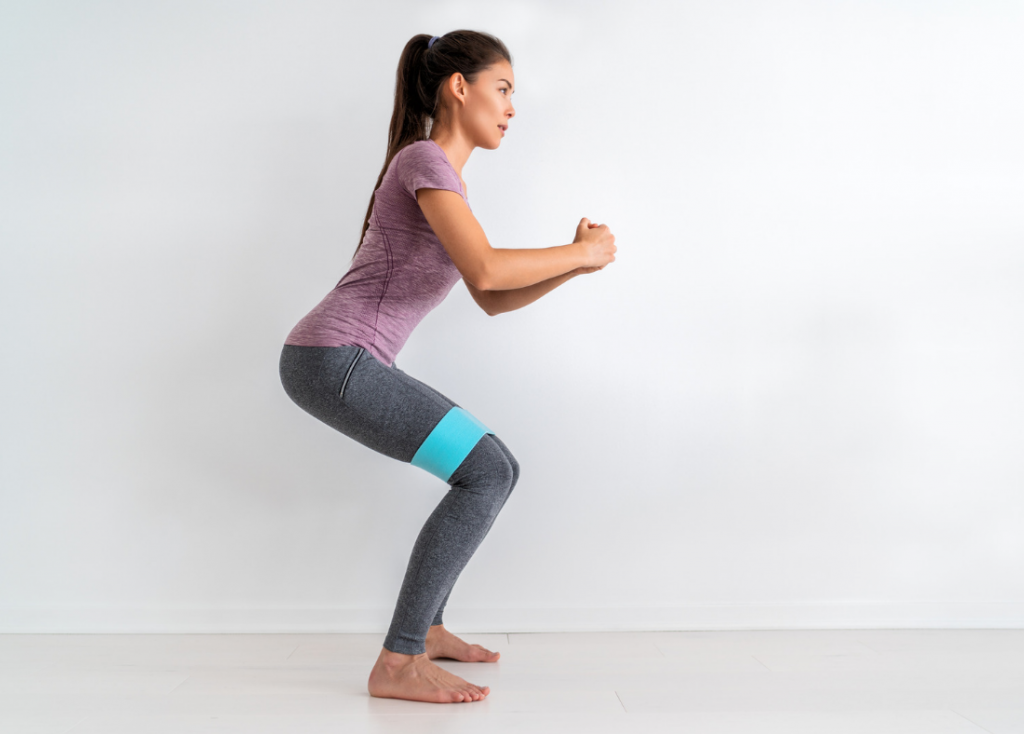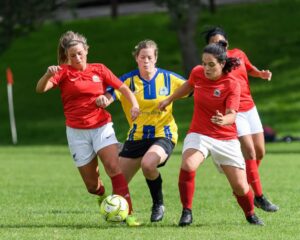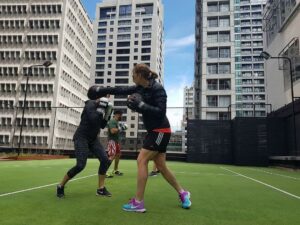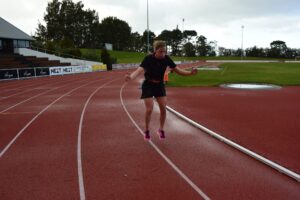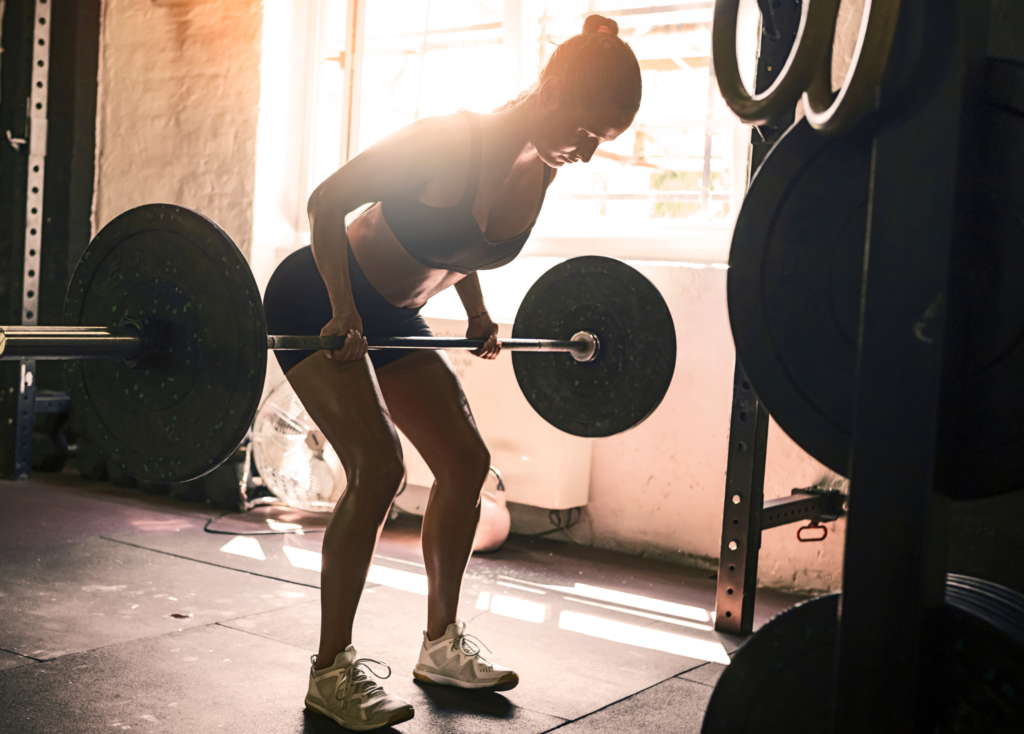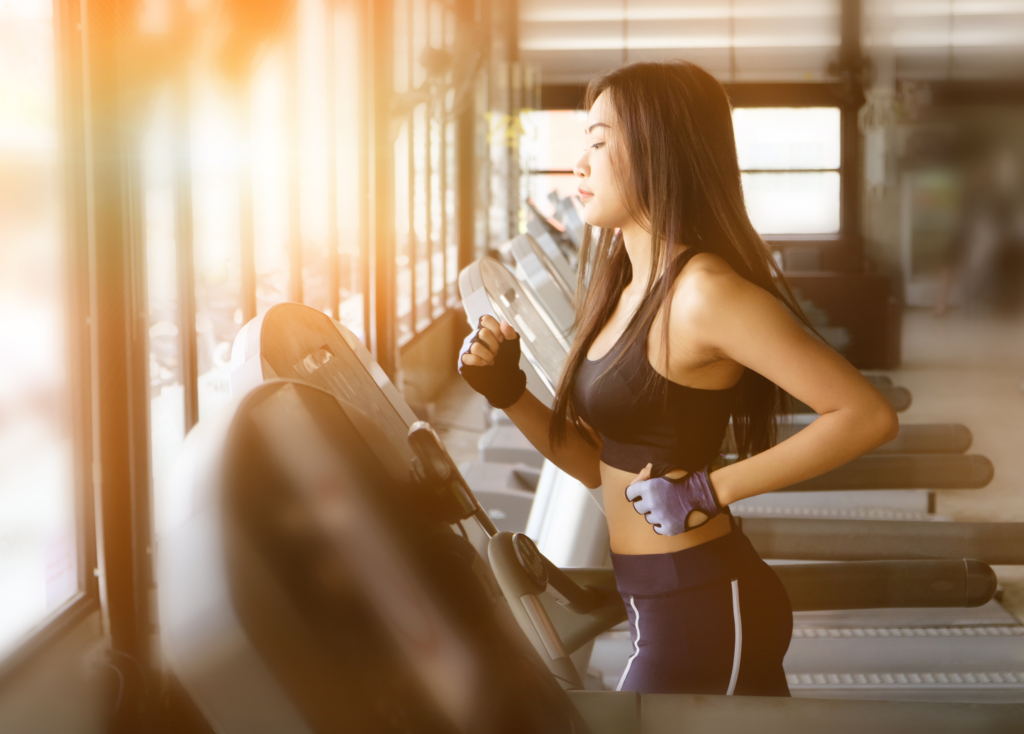
You might of heard people talking about or seen it written on cardio equipment, this mysterious “fat burning zone”. What does this even mean?!
To understand this better we need to know how about the 3 different energy systems and how they produce energy.
- The Phosphagen System / ATP-PC System
This energy system uses phosphocreatine (PC) that is stored within the tissues of the body. This system does not require oxygen and works very fast. As your cells don’t store a lot of PC the amount of energy is limited to around 10 seconds of max exertion. Eg. Max effort sprints
- The Glycolytic System / Anaerobic Lactic Energy System
This energy system can produce energy quite quickly and utilizes carbohydrates in the form of blood glucose and stored glycogen to produce energy. This system also does not require oxygyen and is utilized for activity from around 10 seconds – 90 seconds.
- The Oxidative System / Aerobic System
This energy system requires oxygen and can produce a lot of energy. The Aerobic system is used for exercise of lower intensity cardiovascular exercise. With this system, although it predominantly burns fat, a supply of carbohydrate is required for the breakdown of fat into energy. The ratio of how much fat vs carbohydrates that are utilized during exercise is determined by the duration of exercise along with your training experience. More intense workouts tend to burn more carbohydrates for fuel, whereas longer less intense exercise will burn a higher ratio of fat.
It is important to remember that with exercise, the body utilizes a mix of all three of these systems. The method that is used to create energy depends on the type of activity and its intensity and duration.
Therefore, now we know about the energy systems, we can understand that this “fat burning zone” is when we train within our aerobic system using longer, less intense exercise.
In regards to your heart rate zone you ideally need to be working between 65% – 85% of your max heart rate (MHR).
How do you work this out?
To find out what your individual fat burning zone heart rate range is, depends on your age. To simply work out your MHR:
220 – Age = MHF
For example, I am 34. My MHR is 220 – 34 = 186 beats per minute
My 65% is: 120 BPM / 85%: 158 BPM
Heart rate ranges simplified:
90 – 100% of MHR – Develops maximum performance and speed
80 – 90% of MHR – Increases maximum performance and capacity
70 – 80% of MHR – Improves aerobic fitness
60 – 70% of MHR – Improves basic endurance and fat burning
50 – 60% of MHR – Improves overall health and helps recovery
At the end of the day, fat loss is about our daily energy balance and an important part of this is our nutrition. Simply we want to move more and eat slightly less to create a calorie deficit (energy in vs energy out). While you may be focused on fat, it’s still important to elevate your heart rate into the vigorous zone from time to time. Working harder strengthens your cardiovascular system and burns more calories than moderate activity.
Bouts of higher intensity exercise can help our energy balance by burning more calories (in less time too) during exercise and therefore creating a calorie deficit that way. Resistance/weight training we use our muscles and create an “after burn effect” which elevates our metabolism for up to 48 hours exercise.
Exercising in all three energy systems offers lots of benefits, regardless of your goal or your method of training. If you’re a cardio girl, adding resistance training into your week can boost power and reduce the risk of injury. If you typically resistance train, adding cardio can help with your endurance and therefore increasing your training volume. Either way, creating variety within our planned exercise can guarantee we are seeing the best results and become the best human possible.
“Fitness HQ for Women mission is to provide women of all walks of life an environment where they can feel empowered to live a healthier lifestyle. We provide over 20 Group Fitness classes, personal training and a 24-hour main gym.”



